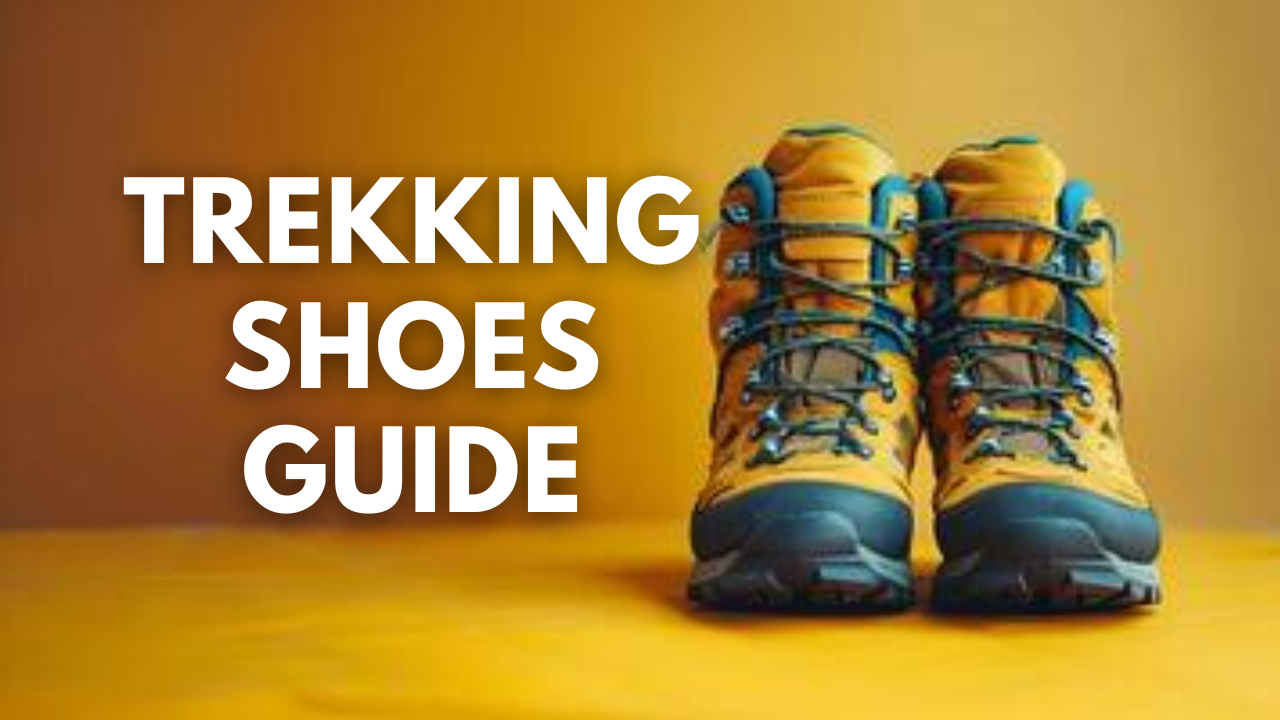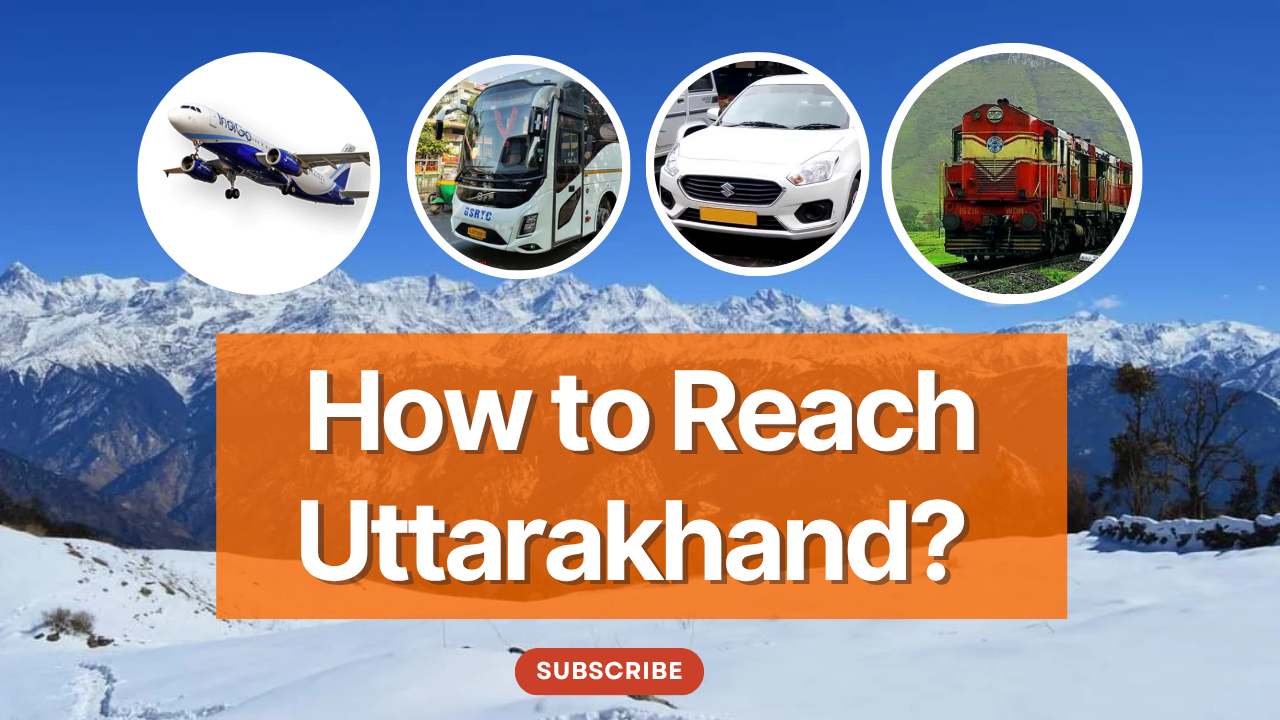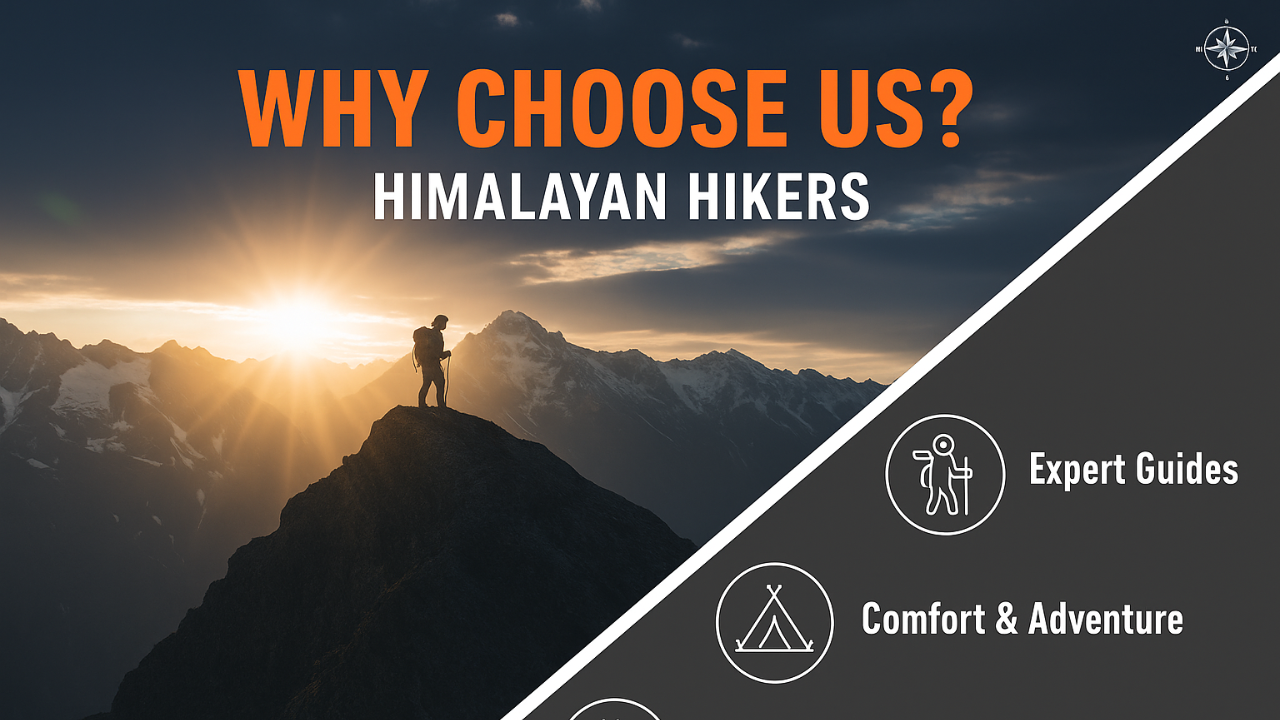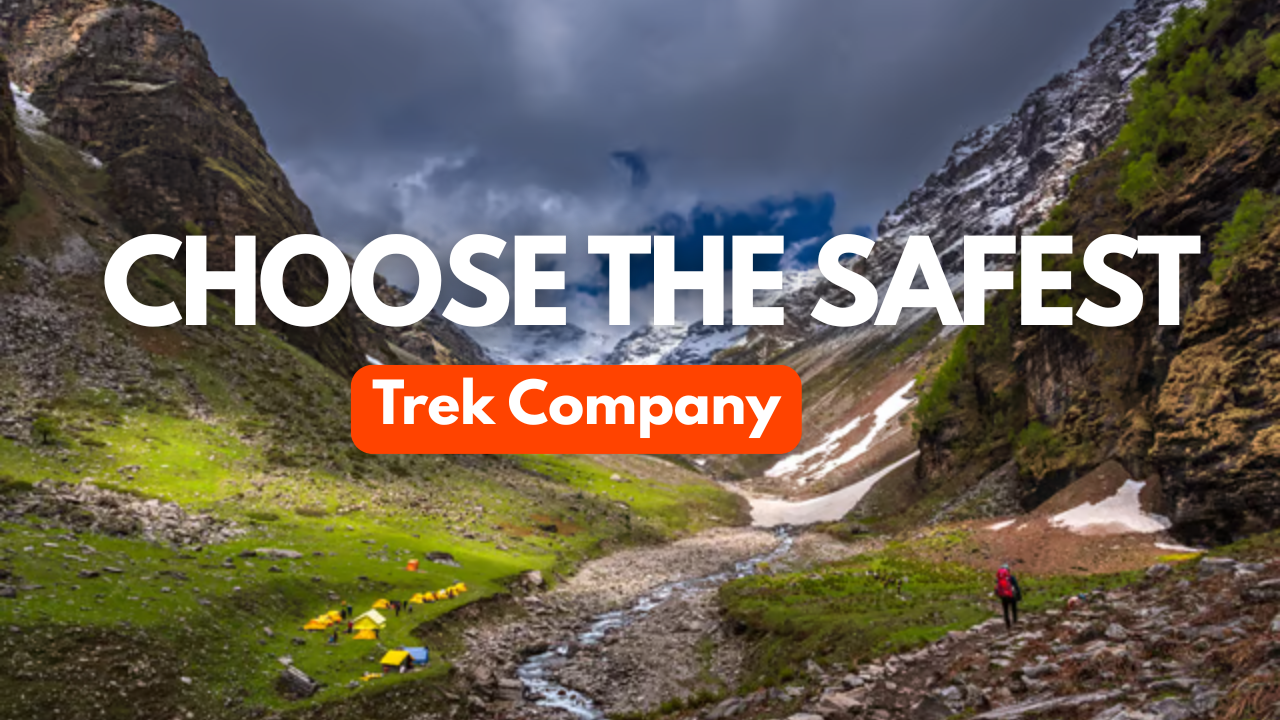Pundrik Lake Trek a Rich Forest Trek in Himachal Pradesh
Pundrik Lake Trek’s region is wide expanse of green serenity spread all over. Pass through dense forests and witness wealthy vegetation – Rhododendrons, Deodar, Spruce and Fir trees are found in abundance here.
Enjoy crossing River Sainj many times over dams and ahead the valley opens up with extremely beautiful views of the lofty peaks of the Raktisar glacier and picturesque Sainj valley.
Highlights of Pundrik Lake Trek
A short weekend trek in Himachal
Wealthy Flora and Fauna of the region makes the surrounding exceptionally beautiful.
Jehar Devta’s temple ahead Sarahan village.
Passing through picturesque villages.
The temple made of Deodar wood, dedicated to Sage Pundrik.
Key Points of Pundrik Lake Trek
Level: Easy to Moderate
Proper conditioning & training of body required
Need proper gear & clothing for sub-zero temperature
Shoes are the single most important equipment.
High Altitude requires proper acclimatization.
Beautiful landscapes so carry good photo gear & Extra battery backup.
Travel light
The backpack should not exceed 10kgs.
Must Read about Pundrik Lake Trek
Duration – 2 days (Aut to Aut)
Best Season – Throughout the year
Level – Easy to Moderate
Highest point – 2100 m
Weather – Nights are cold and day temperature is pleasant during the season.
Temperature – Day (12°C to 18°C) Night (0°C to 7°C)
Starting point – Aut
Pundrik Lake Trek Guide
Day 1 – Aut to Shangarh (2050 m) (25 km) (2 hours) and trek to Tindadhar (1950 m) (6 km) (4/5 hours)
Day 2 – Tindadhar (1950 m) to Pundrik Lake (2100 m), back to Ropa and drive to Aut
Day 1 : Aut to Shangarh (2050 m) (25 km) (2 hours) and trek to Tindadhar (1950 m) (6 km) (4/5 hours)
The vehicle will be arranged from Aut, it is famous for Markandey Rishi temple present on the bank of the River Beas. The drive is till Shangarh and we can reach there in two hours by covering a distance of 25 km.
En route a lake is visible at the confluence of River Beas, Tirthan and Sainj. The trek starts from Ropa, ascend gradually and come across rich variety of Flora and Fauna. Witness wealthy vegetation – Rhododendrons, Deodar, Spruce and Fir trees are found in abundance in this region.
Cross a number of dams over Sainj River, ahead the valley welcomes you and offers exceptional views of lofty peaks of the Raktisar glacier and picturesque Sainj valley. Continue hiking and pass through small some villages before you reach Tindadhar.
After reaching your campsite, take a small halt and go uphill into the valley, cross a dense forest there lies a cascading waterfall named “Nuhada”. Spend some time there and get back to the campsite.
Day 2 : Tindadhar (1950 m) to Pundrik Lake (2100 m), back to Ropa and drive to Aut
Post breakfast, follow the same trail you followed yesterday to reach “Nudhada waterfall”. Pass through the thick forest section for half an hour till you reach Sarahan village. Ahead is Jehar Devta’s temple worshipped by the villagers.
Enter a small forest clearing surrounded by deodar and pine trees and farms. Witness a number of colourful flowers and hear warming views. There is a temple dedicated to sage Pundrik, made of fine deodar wood and a government school is also present there for the local children.
After 20 minutes of hiking, reach another meadow, here you will find lush long grass floating above water, this is Pundrik Lake.
Pundrik Lake is 400 m long and the trail is alongside amidst pine and fir trees. Every year in the month of October it is visited to celebrate Sage Pundrik’s birth anniversary. Entering the water, drinking or non-vegetarian food is strictly prohibited here.
After spending good time there, retrace your steps and get back to Sarahan. From here, descend and follow the road trail to Ropa. Reach there in 2-3 hours, board a vehicle and get back to Aut.

Mandatory Documents
Original and photocopy of government photo identity card- (Aadhar Card, Driving License, Voters ID, etc,)
Passport and Visa important to foreigners
Medical Certificate (First part should be filled by the Doctor and Second part by the Trekker)
Declaration Certificates
Note: – Many trekkers commit the same mistake of carrying unnecessary items on a trek which only makes the backpack heavy. It is important to know the right items to carry. It differs from season to season if you are trekking in summers then carry less layers of warm clothing and if you are trekking in winters carry enough layers to protect yourself against chilly cold.
Necessary Items for trekkers

Basic Trekking Gears

The Clothes You Should Bring On Satopanth Expedition

Head Gears

Foot Gears

Personal Care Essentials

Carry a Personal Medical Kit

Are you Looking for Trekking Equipment on Rent?
If any trekker requires trekking equipment on rent, Himalayan Hikers offers the best-quality gear available for rental. Many individuals are in need of such equipment, and renting provides a cost-effective solution, allowing them to access high-quality gear at an affordable price without the need for a significant investment for short-term use.

Trek Equipment You can book directly on first day at the Base Camp.
Note:-
Please take all medicines only when prescribed by the doctor. In case you face any problem during your trek,
discuss and take advice from the Professional guide.
The Trek is one of the most popular treks in Uttarakhand, requiring both physical preparation and mental readiness. Although it is categorized as a moderate trek, reaches an elevation of over 12,720 feet and traverses remote Himalayan terrain, which can be physically and mentally challenging. Here's how you can prepare yourself for a safe and successful accomplishment of the Trek:
Physical Fitness
Building a good fitness base is essential for every trekker. The Trek itinerary involves 5 to 6 hours of walking every day. Though the trails are well-marked, they are often bumpy and include steep uphill sections, which may affect your stamina. You can overcome your physical limitation with a 6-week training program that you can begin about 2 months before your Trek. Your 6-week fitness routine should include
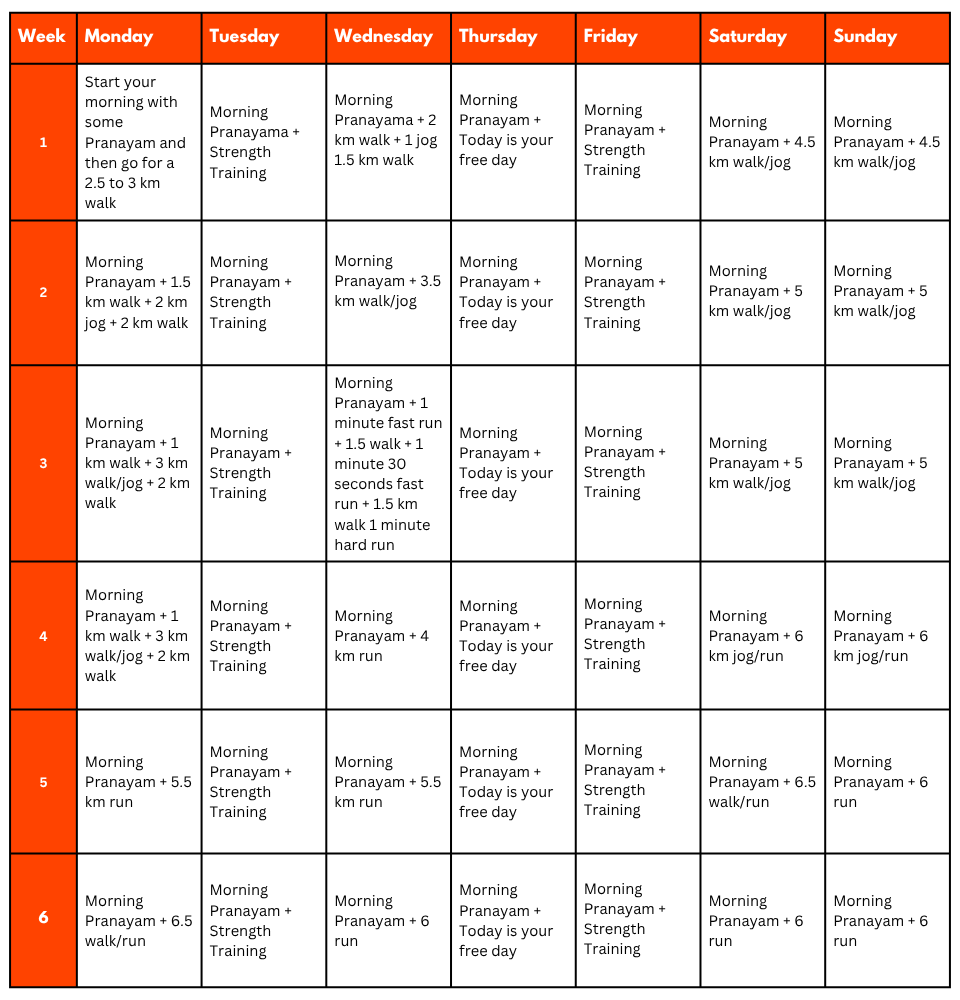
Pro Tip: If you have time, you can skip the Sunday training and go for a long-distance walk or mini day-hike (7–10 km) with a loaded backpack to simulate real trekking conditions. A short 1-day hike around your city/town can help a lot.
Mental Preparation
Physical strength is only half the journey, the other half is mental resilience. The trail takes you through remote clearings, steep climbs, cold starry nights, and no mobile connectivity. Be prepared to:
(I) -
Detach from the digital world.
(II) -
Embrace basic mountain living (camping, toilet tents, limited electricity).
(III) -
Push through moments of fatigue, weather discomfort, or altitude effects.
Himalayan Hikers is a reputable trekking company that places a high priority on safety. Here are some of the safety measures they take to ensure the safety of their clients during the Trek:
Experienced Guides: Himalayan Hikers hires experienced and certified guides who are well-versed in the terrain, weather conditions, and local culture. These guides have first-hand knowledge of the routes and are equipped to handle any emergency situations that may arise.
Proper Gear: The company provides all the necessary gear and equipment to their clients to ensure comfort and safety during the trek.
Hygiene and Sanitation: Himalayan Hikers places great emphasis on hygiene and sanitation during the Trek. They provide clean drinking water, hand sanitizers, and toilet tents to ensure that their clients are healthy and comfortable.
Emergency Services: The company has a well-defined protocol for handling emergency situations. They have a team of trained medical professionals who are available 24/7 and can be quickly mobilized in case of an emergency.
Acclimatization: Himalayan Hikers follows a gradual acclimatization process during treks to ensure that their clients adjust to the high altitude gradually. They also monitor the health of their clients regularly and provide necessary medical attention if required.
Overall, Himalayan Hikers places a great emphasis on safety and takes all necessary measures to ensure the safety and well-being of their clients during treks.
No FAQs available for this trek.










